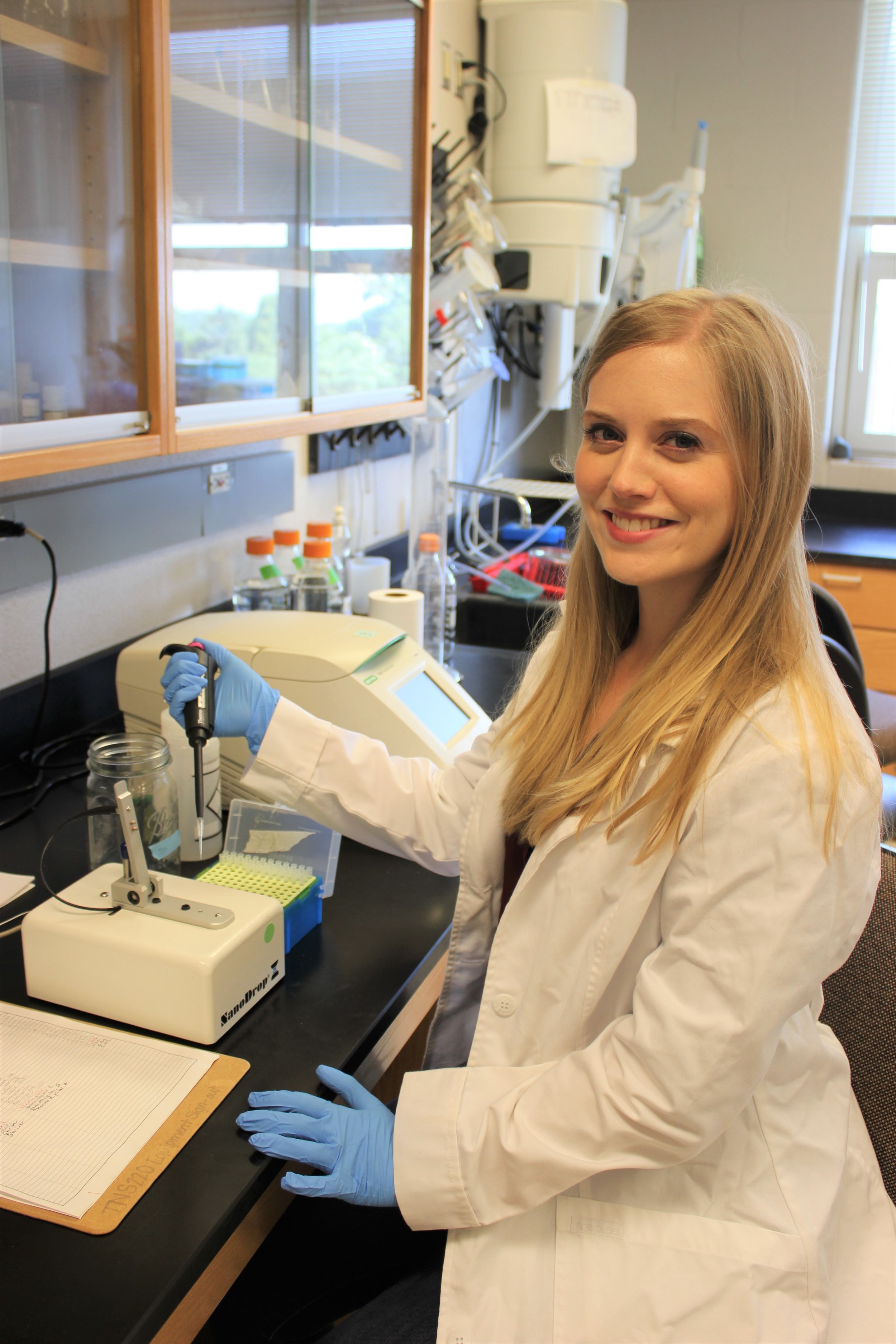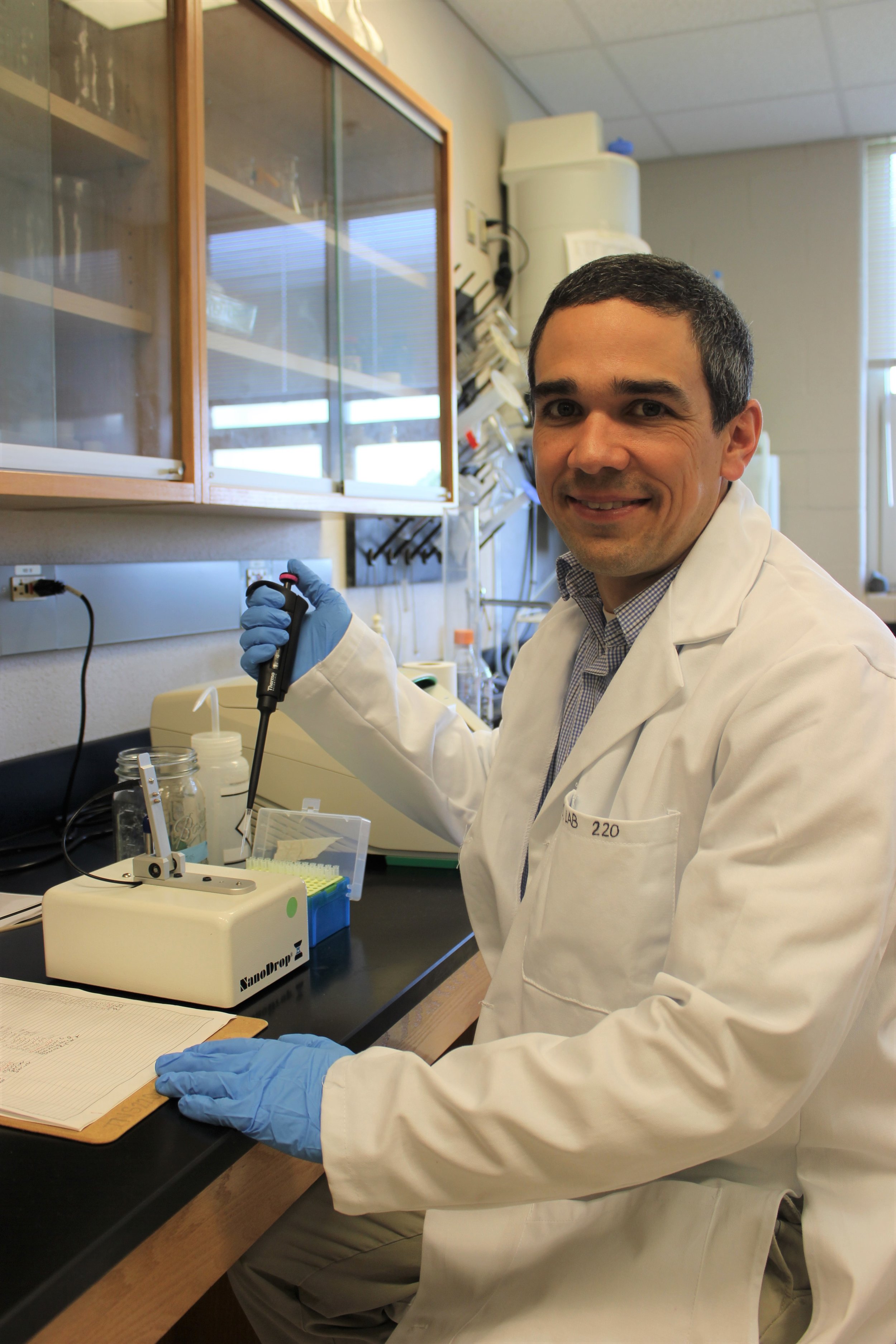The Outbound Collective invited me to write a response to the Yellowstone bison incident that occurred last month. I've extracted it below from their website. Learn more about The Outbound Collective here.
A Response To The Yellowstone Bison Incident From An Actual Wildlife Biologist
I’ve been following the social media frenzy surrounding a bison calf in Yellowstone National Park. As a wildlife biologist, learning about the unfortunate event in which a man picked up a bison calf and placed it into his car elicited an array of responses, from anger to exasperation to defense, and, when combined, merits a much-needed discussion concerning perceptions of wildlife management. As a society, we need to do better regarding why we think it’s okay to interfere with wildlife. As a biologist, I can tell you why it’s not.
Based on press releases, we know that the tourist in question encountered a newborn bison in the park, physically put it in his vehicle, and transported it to a park ranger facility because he thought it was cold (for more details, see here). The man was cited for disturbing wildlife. However, after a two-day attempt by park rangers to reunite the calf with its herd, park officials made the difficult decision to euthanize the animal. These events paint a sad but all too common picture in which humans tampering with wildlife results in detrimental, and often fatal, outcomes for the animal.
The United States is home to 59 protected areas known as national parks, one of which is the iconic Yellowstone National Park. For these places, the National Park Service, an agency of the Department of the Interior, is charged with managing publicly owned natural resources (which include wildlife). The great gift of the national park system, and for any wild place in general, is that the wellbeing of wildlife and wild places depends on visitors exercising good judgement. When put plainly, this means following the rules.
While many of us recognize the good intentions of the tourist, he did not follow Yellowstone’s rules regarding safely viewing wildlife. The signage is everywhere, and the words are clear: do not approach wildlife. As a compassionate human being, I admire his concern for animal welfare, but this does not justify a blatant disregard for park rules. From a human safety standpoint, this was astronomically stupid, as bisonare extremely aggressive when protecting their young. From a wildlife standpoint, this caused the unnecessary death of a wild animal.
But, why exactly are people angry?
This depends on who you ask. All I had to do was hop on Twitter to see the public outrage against the tourist, the park rangers, and even the mother bison. People are upset that someone ignored park rules and potentially caused a bison to abandon her calf. People are upset with the mother bison for rejecting her baby. People are also extremely angry that park officials euthanized the animal instead of sending it to a sanctuary. While I, too, am exasperated that negative human-wildlife interactions are increasing, many of these responses very clearly illustrate a gross misunderstanding of wildlife behavior, ecology, and management.
Foremost, it should be pointed out that the bison calf may have already been abandoned by its mother prior to being picked up by the tourist. Allegedly, the animal was unattended by an adult. In nature, parents do sometimes abandon their young - sometimes unprovoked - even in national parks. When it does happen, as wildlife biologists and managers we aim to not interfere with natural processes. Yes, nature can be cruel, but unknown animals die without our knowing it all the time. This is part of the circle of life - when something dies, other things get to live as a result. However, human interference with wildlife can cause mothers to reject their offspring, and with (valiant) ranger efforts to reintroduce the calf to the herd failing, park officials thought it kinder to euthanize the animal than to watch it starve or get hit by a vehicle. To answer the question of why the calf wasn’t sent to a sanctuary: because the space and finances do not exist. The approved quarantine facility needed to ensure that the calf didn’t transmit diseases like brucellosis to captive bison herds was/is not in place, and there are laws regulating the transport of wild animals into private ownership. These alternatives were not possible, which means that the abandoned calf would have been left to starve or become prey. While these are natural events, the human involvement and therefore cause was not, and the animal was euthanized. There is no doubt that this decision weighed heavy on park officials. I am sad that they had to make this decision, but I support the park.
Wildlife biologists are stuck between a rock and a hard place on this, and many other human-wildlife interaction issues. This situation demonstrates why we should always leave wildlife alone. I spend a lot of time as a biologist talking about how wildlife don’t actually need our help. They don’t need to be saved from nature, and even when they do, it’s not our job to save them. That may seem counterintuitive, harsh even, but wildlife conservation is about populations, not individuals. Yellowstone National Park is not a zoo, or a sanctuary, or a wildlife rehabilitation center. The goal of wildlife managers is to maintain ecological processes, and this does not include pulling wildlife out of populations and throwing them into captivity for the sake of keeping them alive. However, this doesn’t mean that wildlife managers are callous about wildlife - just the opposite. I am a wildlife biologist because I am in awe of, in love with, and constantly seek to conserve wildlife and wild places. Natural ecosystems are complex machines where birth and death play key roles in the perseverance of that community, and no amount of emotion or opinion can override these facts. When we assume that experts are wrong simply because we disagree with their actions or their advice, we make it more difficult to accomplish common goals. Our current social environment dictates that experts are not allowed to disagree with emotions. In the case of the bison calf, and many human-wildlife issues, do-gooders are at odds with wildlife experts. Unfortunately, it doesn’t matter if the tourist had good intentions, as it was misguided, against park rules, and resulted in the death of the animal.
By thinking that we are allowed to interfere with wildlife if our intentions are good, or that it’s okay to break the rules in certain circumstances, we hurt wildlife. As a wildlife biologist, I spend very little time interacting with animals, and that is because human-wildlife interactions are never good for the animal. For these situations, it is always best to trust the experts. That’s not to say you shouldn’t be involved with YOUR wildlife. In the United States, wildlife are publicly owned, and you should enjoy them and develop opinions and affinities and appreciations. However, it is important to recognize that there are those who have dedicated their lives, educations, and careers to learning how to properly manage our resources, and that good intentions do not equate with expertise. Just like going to the doctor for a medical diagnosis, leaving wildlife to wildlife experts is the best way to ensure that you as well as the animals we love are safe.
Because our community is full of wonderful people willing to respect wildlife and safety regulations (unlike these guys), I thank you for being part of our team effort to conserve our wild places - conservation is truly a grassroots effort, and your support is paramount. It’s easy to be an animal hero and wildlife advocate without “helping” wildlife - if you see an animal you think is hurt, abandoned, or sick, please don’t take matters into your own hands. Depending on where you are, calling a park ranger or local biologist is the best way to ensure that wildlife do not meet an unnecessary end. Hopefully this bison calf’s death can generate a paradigm shift in how we want to influence wildlife - when this happens, the death will no longer be in vain.









